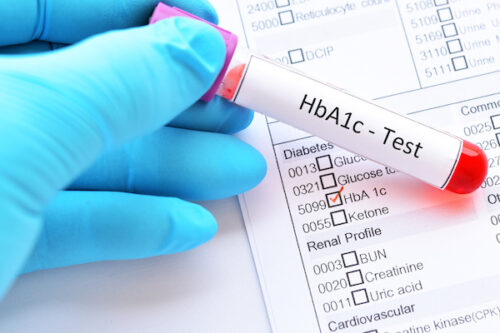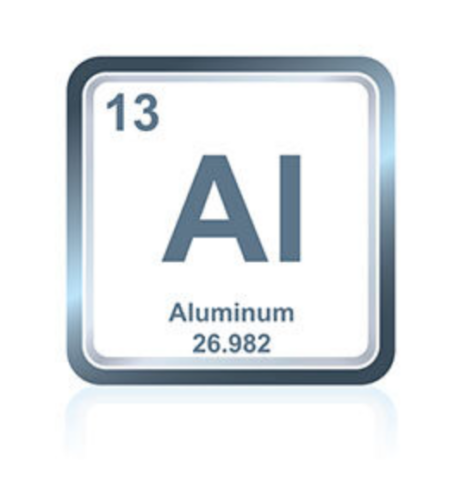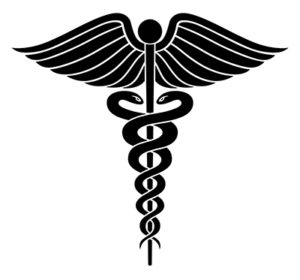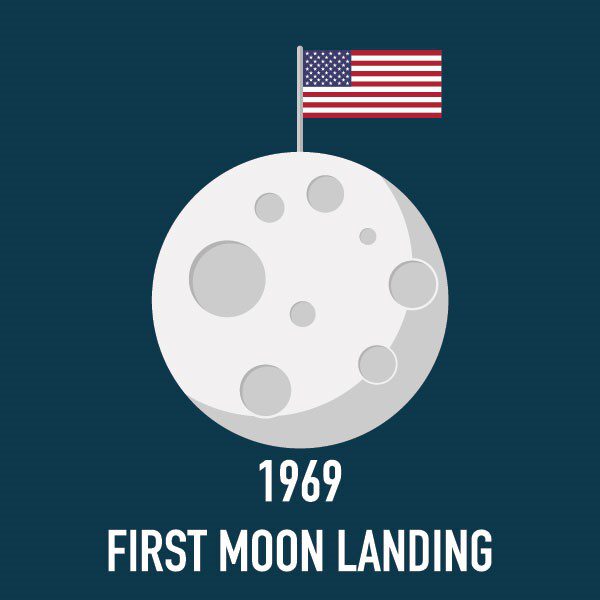The Death of Neil Armstrong: Heart Surgeons Kill First Man on the Moon
Shortly after the tragic death of the famous American hero, resulting from an unnecessary bypass surgery, Dr. McDougall wrote the below article, about how heart surgeons killed the first man on the moon. Recently, the New York Times published an article outlining the fate of Mr. Armstrong and how the details of his untimely death came to light.
This Tragic Loss Should Become One Giant Leap for Mankind
Neil Armstrong, who made the “giant leap for mankind” as the first human to set foot on the moon, died on Saturday, August 25, 2012. The cause of death according to his family was “complications resulting from cardiovascular procedures.” He had just celebrated his 82nd birthday when he went to the hospital on Monday, August 6, 2012 for a cardiac stress test. He flunked, and on Tuesday surgeons bypassed four blockages in his coronary arteries. This limited information from the media is enough for me to conclude that his death was avoidable; he should have never been operated on. His doctors gambled and we lost an American hero.
The first successful bypass operation was performed in America at the Cleveland Clinic on May 9, 1967, about two years before Mr. Armstrong’s history-making step on the moon on July 20, 1969. Until the mid-1980s, octogenarians (people in their eighties) were spared from heart bypass surgery because the elderly are generally less able to withstand the rigors of extracorporeal circulation (the heart-lung machine) and the many hours of major surgery, than are younger patients. Plus, the life expectancy of people having reached the age of 80 years is limited. Yet, there is the economic side of this equation: doctors and hospitals have increasingly appreciated the market potential of this age group and as a result, have published multiple papers in an attempt to justify taking extreme risks with the elderly.
Open Heart Surgery Does Not Save Lives
There are two indications for heart surgery:
1) To relieve incapacitating chest pain (angina) that is not sufficiently reduced by “good medical therapy.” In standard medical practice, this means giving anti-angina medications like nitrates and beta-blockers. But truly “good medical therapy” must also routinely include a low-fat diet since the frequency of angina episodes is reduced by more than 90% in fewer than three weeks with this simple, safe approach. As an added benefit, this same low-fat diet heals (reverses) the underlying artery disease. A symptom-relieving indication for heart surgery appears to be absent in Mr. Armstrong’s case. He simply had the misfortune to step on a cardiac treadmill machine as part of a routine check up.
2) To save lives. According to the article “Is Heart Surgery Worth It?” in Bloomberg Businessweek, “Except in a minority of patients with severe disease, bypass operations don’t prolong life or prevent future heart attacks,” Even after massaging the data, the survival benefits are barely perceptible: A recent analysis of 28 studies comparing heart surgery with medical therapy, performed by doctors with a vested interest (cardiologists and bypass surgeons), found less than a 2% absolute improvement in survival achieved from heart surgery over no operation. These conclusions are based on relatively young patients. Sadly, the case for octogenarians is much more disappointing.
Multiple studies, performed by researchers, most interested in justifying bypass surgery, have confirmed the higher risks of complications (bleeding, kidney failure, etc.), death, and prolonged hospitalization in octogenarians. An octogenarians’ 30-day mortality rate is 9% compared to 1.2% in the younger group. Surgeons from the same city where Mr. Armstrong died, Cincinnati, know these dismal results as well. J. Michael Smith, M.D., director of surgical research, Good Samaritan Hospital, wrote about his study, “Octogenarians had a 72 percent higher risk of death, 3 percent longer hospitalization, a 51 percent higher risk for neurological complications and were 49 percent more likely to undergo repeat surgery for bleeding…. On the plus side, surgery can improve quality of life, including such symptoms as shortness of breath and chest pain, even in octogenarians. On the other hand, it’s hard to make the argument that you will prolong anyone’s life this way.”
The reason heart surgery (both bypass surgery and angioplasty) fails to save lives is that the targets of the operators are the hard, fibrous, stable, non-lethal plaques, not the volatile small plaques found inside the arteries that rupture and cause heart attacks and death.
Good Can Come from a Hero’s Death
From all accounts Neil Armstrong was strong and healthy with many good years ahead for him. That is before he stepped on the treadmill, which in his case served as the conveyor belt to the operating room, and beyond. His former doctors undoubtedly have regret for their decisions, but not enough to change their ways. They owe the world an explanation for their actions in light of common knowledge held for more than two decades about the extreme risks of lucrative heart surgery in octogenarians. Likely, they will remain silent, continuing to make obscene profits at all costs. (The average annual salary of a bypass surgeon is $533,084.) Let’s hope that this one small step for (a) man will become one giant leap for mankind by publicizing this kind of unconscionable care. No one is immune from these everyday medical practices as Neil Armstrong’s untimely end demonstrates. And let’s dream beyond the moon, hoping that someday soon patients will be offered a time-honored, safe, cost-free, highly effective dietary approach to their health problems.
(Although the kind of stress test used for Neil Armstrong was not identified, the use of a walking treadmill to stress the heart is most commonly employed. If positive, then an angiogram is performed to identify the anatomy of the specific blockages. The angiogram serves as a preoperative test.)
Recommended Articles

The Latest Scams from the Diabetic Industry

Alzheimer's Disease is Caused by Chronic Aluminum Poisoning






